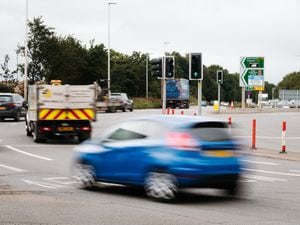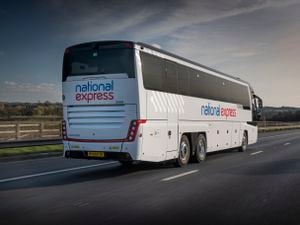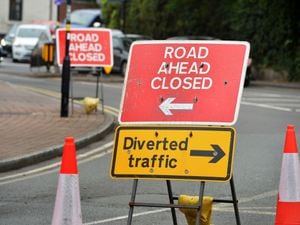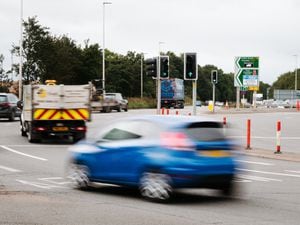How HS2 billions could be spent on our region
Imagine a world without HS2 – but in which a pot of money worth billions of pounds is made available to improve existing rail services.
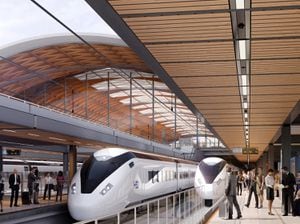
As questions continue to be raised about the future of the rail project, a leading economic expert in the West Midlands today added his own doubts.
Professor Paul Forrest is head of research for the West Midlands Economic Forum.
And he today put forward a wish-list of improvements that he says would make a real difference to the daily lives of those who struggle to travel through our region either for work or play.
His organisation is based in Shrewsbury and he has long called for the electrification of the line between that town and Wolverhampton. He also identifies routes that should be reopened, such as between Wolverhampton and Walsall which could reduce rail travel time from the current average of 50 minutes to 15.
He says: “Reconstructing past abandoned stations at Pelsall, Rushall, Aldridge and Sutton Park, adjacent to the existing Sutton Park Line could critically reduce travel time to and from the economic hubs of Birmingham and Birmingham Airport which regularly can take close to 80 minutes during rush hour.
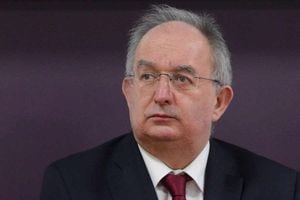
“This could potentially provide fresh employment opportunities for those currently denied access to employment through travel isolation in the Black Country and northern and eastern Birmingham.
“It is simply ridiculous that, for instance, to travel by road from Dudley to Walsall can take more than an hour outside the rush hour. How many more decades will Dudley need to wait before it receives a rail/tram connection? It is currently the largest conurbation in Britain without such access.
“Focus needs to be urgently addressed to the excessive overcrowding during rush hour on key routes between the respective towns and cities of the Midlands, most easily through electrification of existing commuter lines to boost potential utilisation, such as Shrewsbury to Wolverhampton.”
Profesor Forrest believes one look at our jammed motorway network is enough to demonstrate the need to improve rail in the region.
But rather like Brexit, considerable political capital had been invested in the HS2 scheme by national and regional politicians.
“There is a considerable weight of opinion concerned at the escalating costs and the lengthening project timelines,” he continues. “It would seem reasonable to ask where is HS2 going and what is it for?
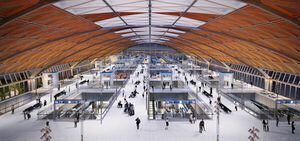
“Originally there seemed to be some aspiration to connect to the European high speed network, either via Stratford East or St Pancras, but subsequently its southern terminus was to be London Euston. Now it seems that the main interchange with the London transport network will be Old Oak Common, some seven miles from Euston.
“North of Birmingham the proposed Y-line, dividing to connect with Manchester and Leeds, has recently become a serious option for cost cutting, either through major modifications or outright cancellation.
“Even if the current configuration is retained, should HS2 trains venture north of Manchester on the classic network, it is likely they will travel slower than the current Pendolinos. That is of course, unless the option to use Pendolinos as the HS2 rolling stock is taken – although that would slow speeds to about 150mph from the preferred 250mph – a speed no other operator in the world currently achieves.”
'Pre-Victorian'
The underlying reason for HS2 is sometimes said to be speed, at others capacity and sometimes unlocking the potential of the English regions.
But Professor Forrest warns: “It is not clear if HS2 will generate actual new jobs for the national economy or simply involve geographical relocation of existing jobs.
“For the West Midlands, in particular, HS2 does little to improve connectivity to the English south west or enhance connectivity to Wales, which is best described as pre-Victorian,” he said.
“The apparent escalation in projected costs and seeming inability to define at what point the business provides justification for the project and what point it does not, have raised understandable concern. In addition to the costs of the HS2 network itself, there will be the need to enable travellers to get to where they actually want to get to, which it is estimated to require connectivity costs, at present in the region of £49 billion.”
“The Government Funding Envelope for HS2 was £55.7bn, at first quarter 2015 prices; however, the effect of the true cost of the project potentially rising to £115.8bn threatens the ability of the regions to deliver public transport improvements by absorbing all the potentially available monies.”
Looking at what the Midlands needs, Professor Forrest says it is easy to criticise a large-scale infrastructure that has yet to lay a single mile of track, but regional infrastructure investment is urgently needed too, and deficiencies in local, national and international connectivity are hampering economic growth.
“To say there are no alternatives, or that other deficiencies are more pressing, compromises real assessment of HS2,” he says.
Productivity
He describes the current transport system as beset by “frequent delays, cancellations and considerable overcrowding”.
The productivity of the West Midlands is a third lower than an equivalent city such as Lyon in France. He said this was directly linked to the difficulty workers had in travelling through the region to and from work.
He adds: “Work would have probably already started earlier had it not be for difficulties experienced in implementing Network Rail’s investment programme since 2015.
“In a sense many of these projects have already been identified and a number are probably already, or close to so-called 'shovel ready' status. As both the local network, the national network and any high speed network are all attempting to offer connections to apparently the same economic hubs and population centres there should not be a any conflict of objectives, provided everyone can identify them.
“The most urgent problem are the severe pressures being experienced across the Midlands on commutes to/from the principal cities and towns of the region. For instance, during the rush-hour the effective economic catchment area of the West Midlands Combined Authority, which the OECD estimate should be 1.9 million people, shrinks from 1.3 million to 900,000 due to the
He warns: “The inadequacy of current local transport infrastructure is severely compromising productivity.”


